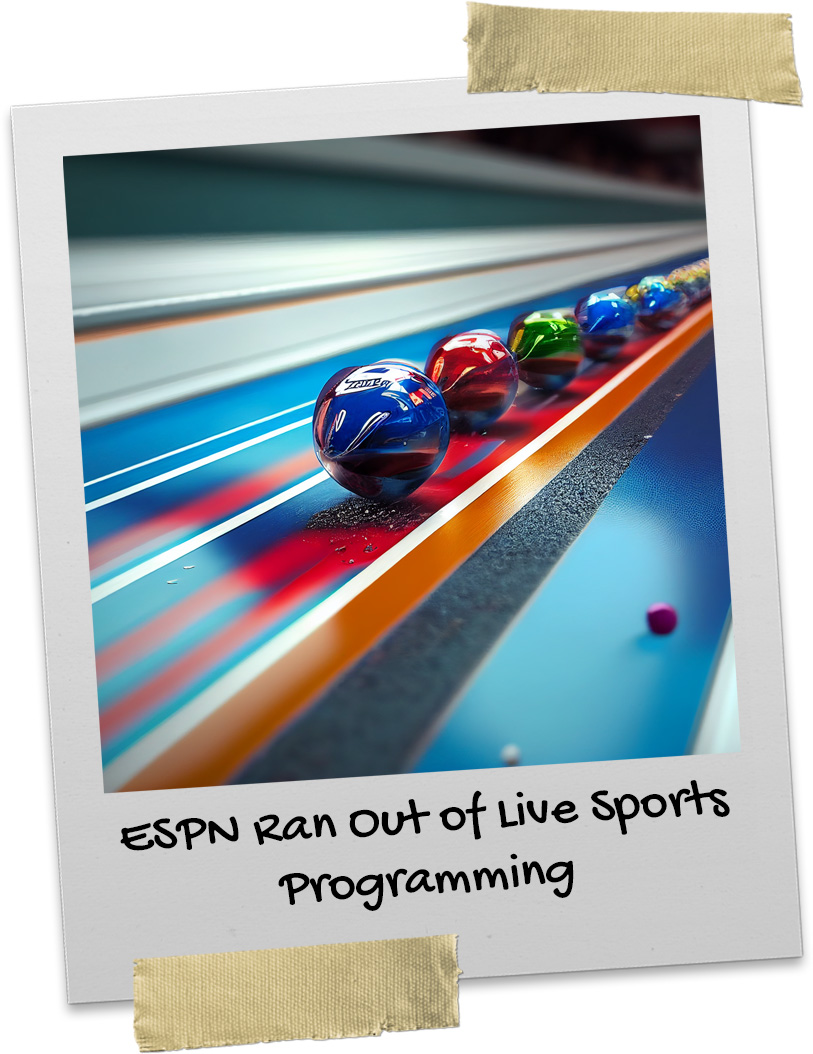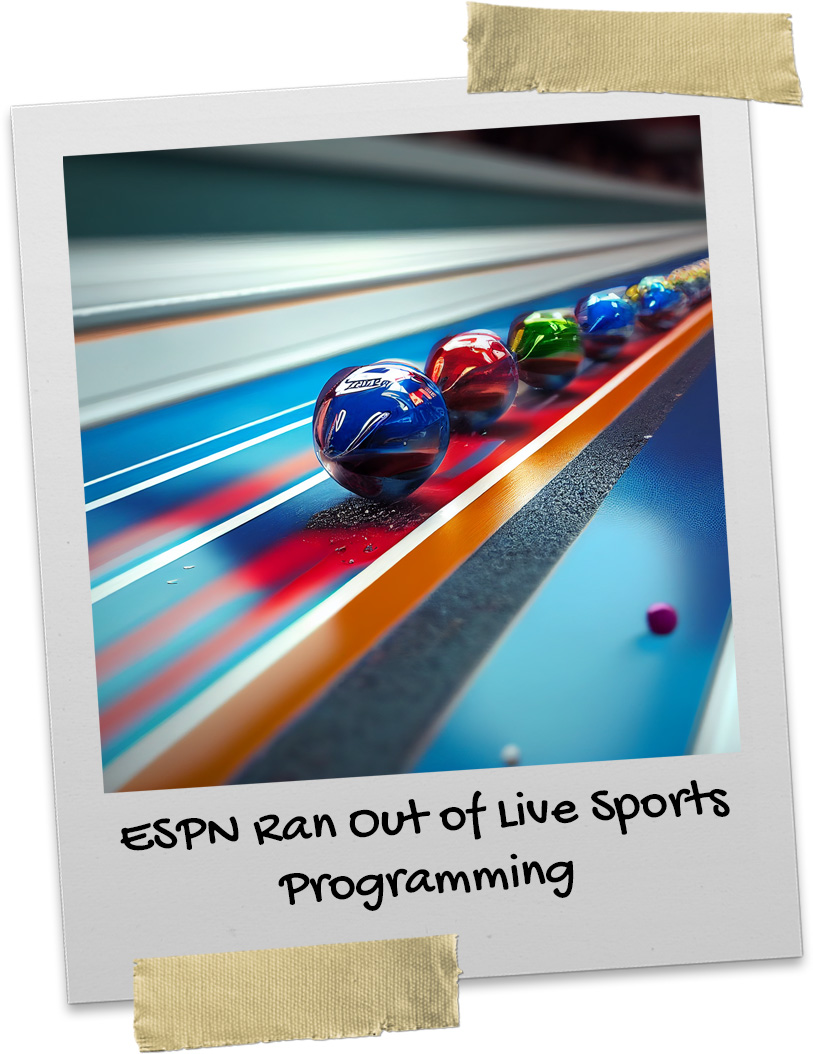ESPN Ran Out of Live Sports Programming


Rudy Gobert is an NBA player who stands 7’1” and has a 7’9” wingspan. He won back-to-back Defensive Player of the Year awards, and because he hails from France, he earned the nickname “Stifle Tower”.
But his role in testing positive for COVID-19 and forcing the league’s decision to halt games earned him another nickname: Patient Zero.
On March 11, 2020, the Jazz and Thunder players were on the court, moments away from tip-off, when word broke that Gobert, who was not at the arena due to being ill with flu-like symptoms, had become the league’s first positive COVID-19 case, setting into motion a very fast moving chain of events. The league had the court cleared of all players, coaches, and officials faster than Gobert can swat a would-be lay-up into the third row of fans. After a few minutes, the public address announcer told the crowd that the game was canceled. Just moments later, the NBA suspended the season.
This was the first domino to fall in what would be one of the darkest periods for televised sports since they started airing sports on cable.
The next day MLB canceled the remainder of their spring training schedule, and also postponed the start of their regular season, which was scheduled to begin March 26. It eventually resumed on July 23.
The same day, the NHL canceled the remainder of its regular season, and a few months later announced their postseason would start on August 1.
The two biggest crown jewels of springtime sports, college basketball’s March Madness tournament, and professional golf’s Masters Tournament, were both canceled.
Major League Soccer, the World Tennis Association, the PGA, the LPGA, IndyCar, NASCAR, and the NCAA postponed or canceled almost every single athletic event that was scheduled to air on live television that spring and summer.
For sports fans, this was devastating. For television networks like ESPN, which rely on live sporting events to fill their broadcast schedules, this was a very big problem.
The ESPN (which is owned by Disney) business model is to spend billions of dollars on the rights to air live sports, then pack a bunch of other talking heads programs, pre- and post-game shows, and SportsCenter constantly playing on a loop when they have nothing else to air. Without any games being played, there were big gaps in the broadcast schedule, and not that much to talk about on the periphery shows, which would normally be dissecting what happened in the games.
ESPN’s producers tried to steer the programming to stories about how the coronavirus was impacting sports, but the public’s interest in that seemed so minuscule compared to how the virus was affecting everything else in the world.
They could break down the NFL free agency—the NFL is always a hot topic. But the NFL season seemed so far off, in that spring especially. They tried to obtain rights to replay classic NBA and MLB games, to little avail. Their viewership numbers in March were nearly 50% lower than the previous year, which is an insane drop by any measure.
The only option they had for original entertainment was ESPN8: The Ocho. They aired blocks and blocks of novelty “athletic” competitions. Viewers could tune into such events as cherry pit spitting, arm wrestling, sign spinning, stone skipping, slippery stair racing, and many other wacky events. One of the favorites was marble runs, where insanely intricate courses and events were constructed and then a “team” of marbles would compete for superiority.
Plenty of families who were starving for any sort of athletic endeavors on television watched when they needed a little break from the pandemic news.
As far as ESPN viewership went, they completed production on The Last Dance, the 10-part documentary about Michael Jordan and the Chicago Bulls dynasty from the 1990’s. They moved the series premier from June to April, to stop the ratings from hemorrhaging. It worked. The show averaged 5.6 million viewers during the 10-episode run, and it became a pop culture phenomenon.



